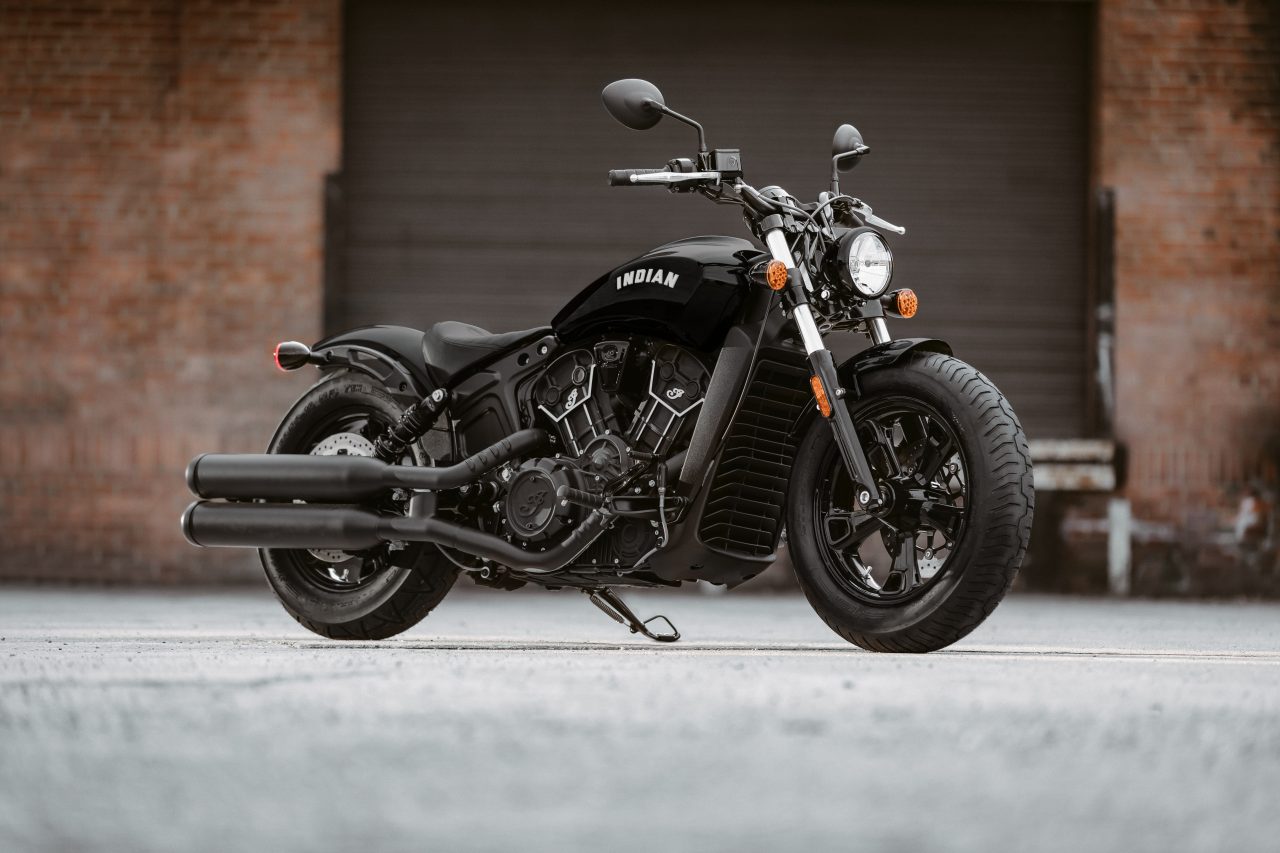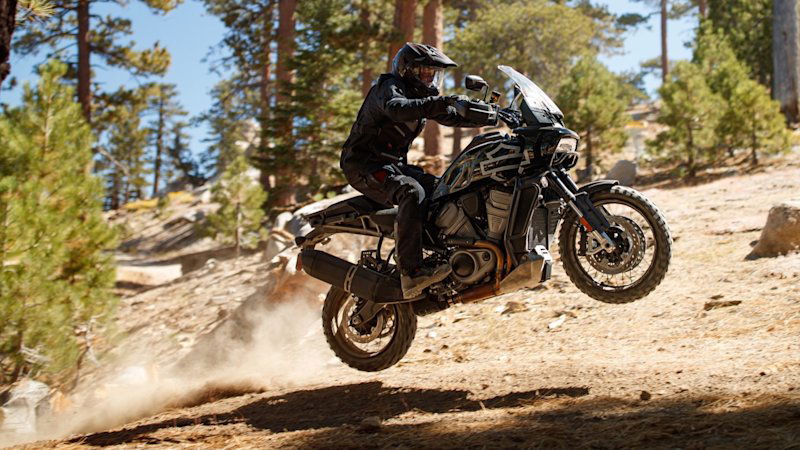Everything you need to know about the new motorcycle helmet regulation
We take a look at the incoming motorcycle helmet safety regulations and how they could affect you and the products you buy
crop.jpg?width=1600&aspect_ratio=16:9)
SWEEPING reforms in motorcycle helmet safety look set to come into place across Europe and the UK. The change in legislation will be moving away from ECE 22.05 and replacing that regulation ECE 22.06.
The changes are set to be voted on in June 2020 although if agreed, which is likely, nothing will change immediately. It’s only three years after the official date of entry – June 2023 – that ECE 22.06 will come into force, giving manufacturers, retailers and importers and distributers a chance to sell the old ECE 22.05 regulation products. After June 2023 it will then become illegal to sell helmets or visors and accessories that don’t comply with regulation 22.06.
Will Brexit prevent the new motorcycle helmet regulations coming into force?
In short, no. There are a couple of reasons why Brexit won’t make any difference. First off, the new regulations are being brought in by the United Nations Economic and Social Council, not the European Council in Brussels.
Secondly, helmet manufacturers wouldn’t simply continue making one type of helmet for the UK and market and another for the rest of Europe and beyond. It would make no financial sense for a company to do this.
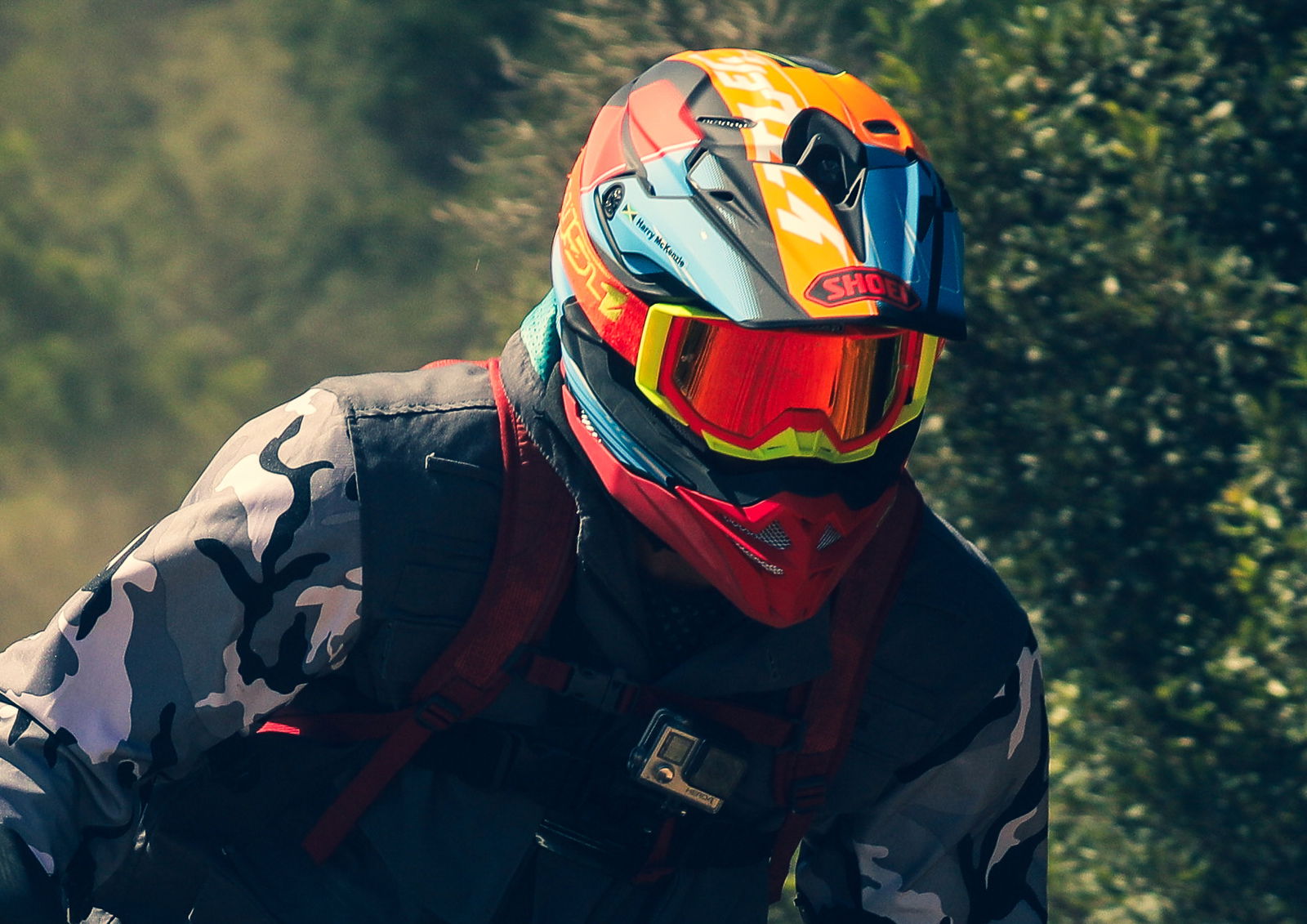
Which helmet styles are affected by the changes?
All types of motorcycle helmets are going to be affected by the changes. The UN lists them as all Jet style (open-faced) motorcycle helmets, without face coverings (visors), all Jet style helmets with face coverings, full-face helmets and modular (flip-front) motorcycle helmets.
The new regulations will also stretch to visors, sun-shades, and accessories fitted to motorcycle helmets that come pre-equipped.
 Crop.jpg?width=1600)
What are the changes to motorcycle helmet regulations going to be?
While the changes are wide-reaching, they all do seem very common sense indeed.
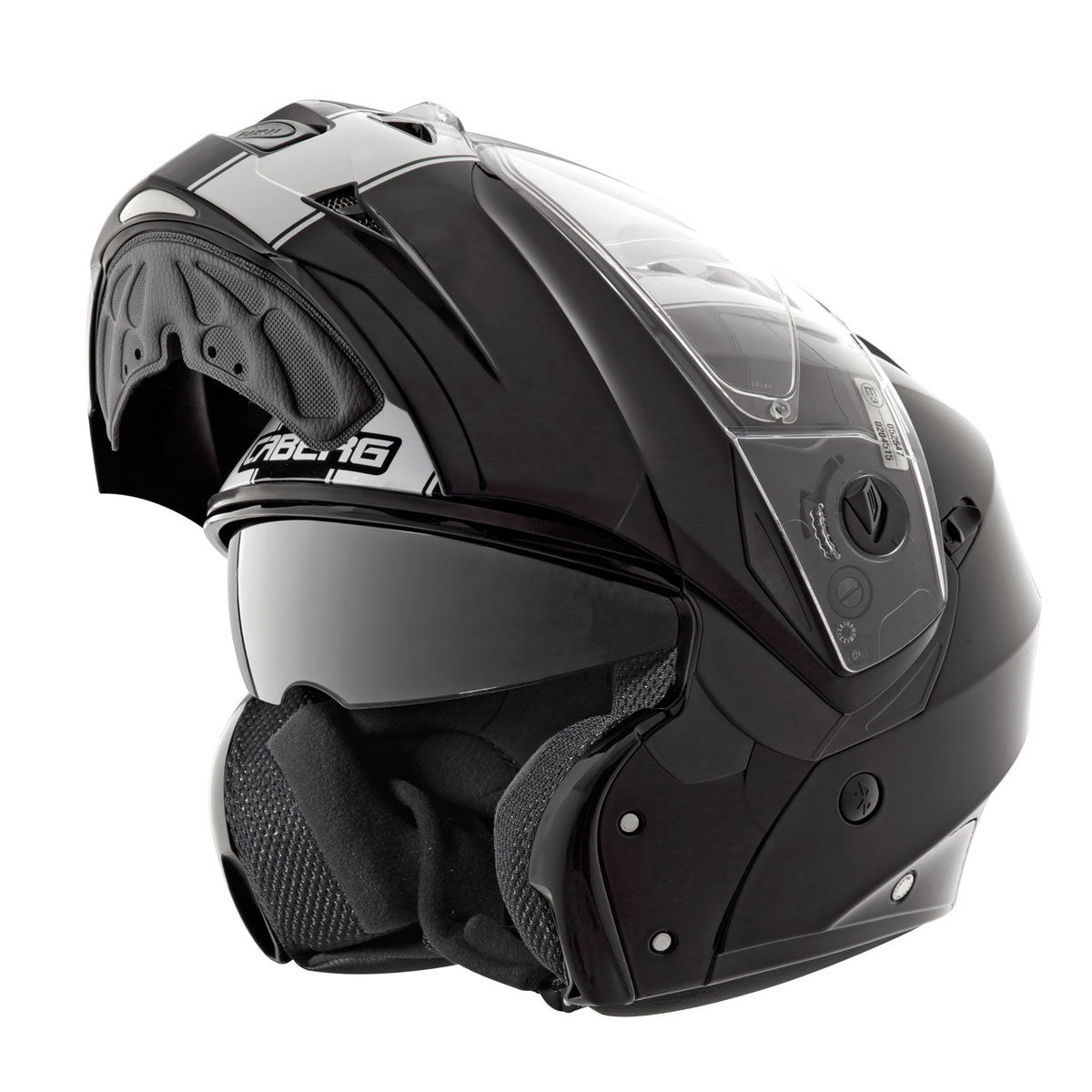
Modular motorcycle helmets
For modular helmets, they will have to be tested with and without the facial shield in place. As it stands a helmet can be certified as meeting regulations with the chin-bar in the lowered and locked position, but not with the chin bar raised. This will no longer be allowed, and all modular lids must meet or exceed the regulations while closed and locked and open.

Open-faced helmets
All open-faced lids that do not offer the user lower face or chin protection will have to be marked as such using the image below.
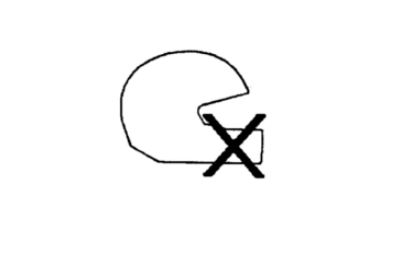
Reflective stickers
Helmets will come with reflective stickers included in the box and proper instructions on where to place them for maximum conspicuity. This will be nothing new for many manufacturers as some already do this.
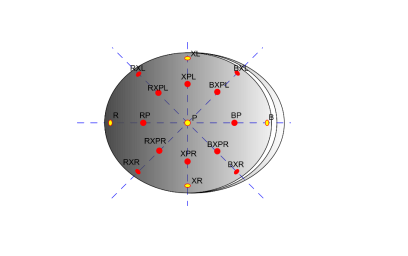
How will the testing of helmets change after June 2020?
The main difference when impact testing the helmet is that the test will now be carried out at different speeds and at more points across the helmets shell – see picture above.
The helmet will also be tested on a number of anvils, from flat, sloping and even kerb shaped.
crop.jpg?width=1600)
Visor changes
The visors of motorcycle helmets are also set to undergo more rigorous testing with the new ECE 22.06 regulations. New testing will see them shot with a steel ball at 60 m/s (134mph) to simulate the visor being struck by something out on a ride.
To pass this test the visor must not deform, fracture or become detached from the helmet. It also sounds from reading the report that the visor must remain closed to pass the test.
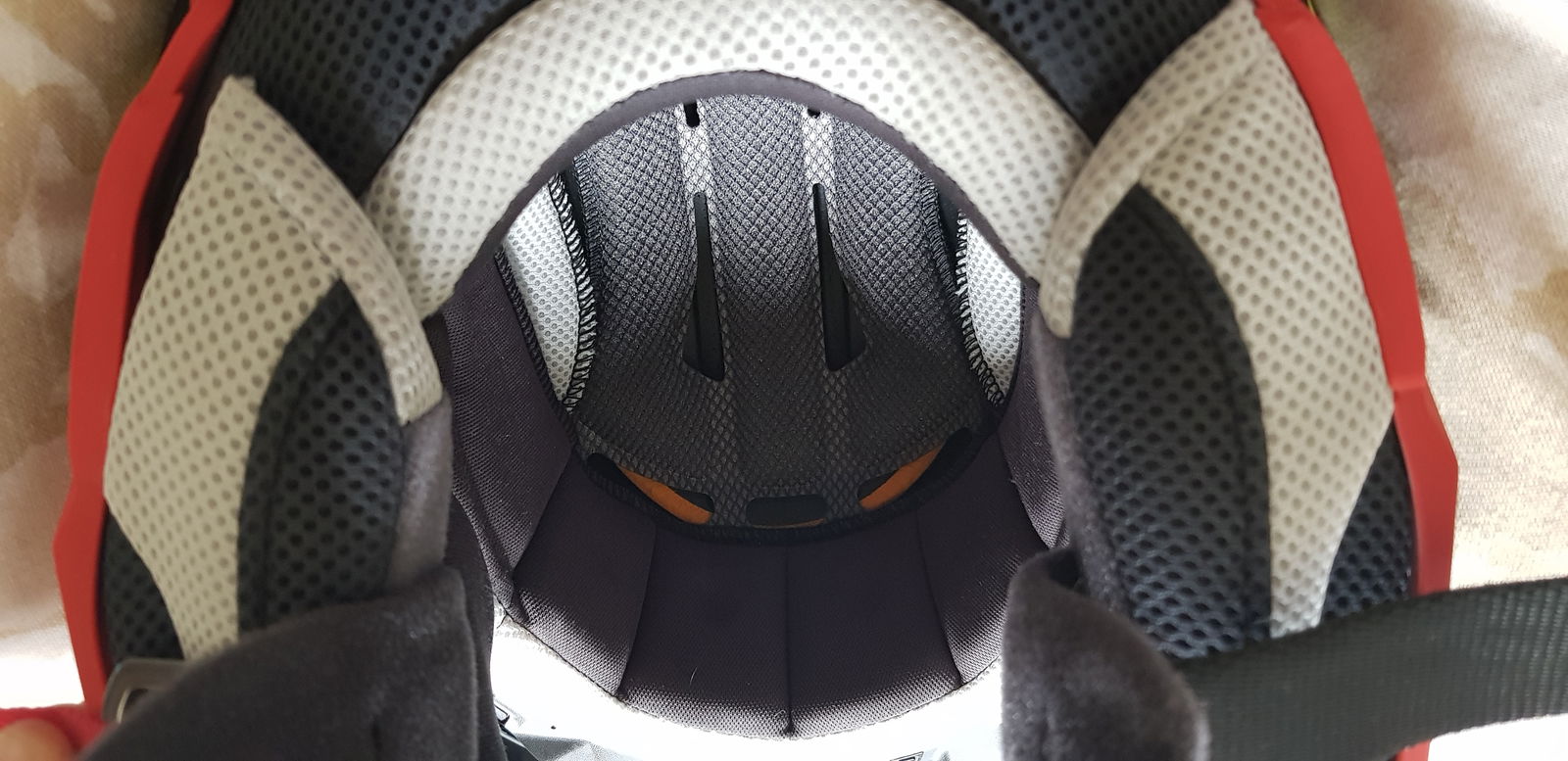
Preventing brain injury
One of the worst unseen injuries a motorcyclist can suffer in a crash is an internal brain injury brought about by violent twisting and rotating of the head. In this scenario, the brain can shear within the skull and move around causing injuries that are difficult to detect at the roadside but that are no less life-changing and threatening.
To measure the rotational acceleration of the lid it will be dropped onto a fixed and angled anvil at a specified speed, with sensors within the headform inside the lid measuring the resultant forces.

What will the new helmet regulations mean to me?
The extra development costs required to meet these regulations will, for many larger helmet brands, be fairly easy to swallow. There are also some helmet manufacturers that will already have the majority of these tests covered off already and will need to do very little to their ranges to meet conformity.
Price rises in the retail environment are likely to take place, although, for the peace of mind that your helmet has been tested to a higher level, it’s probably a small price to pay.
